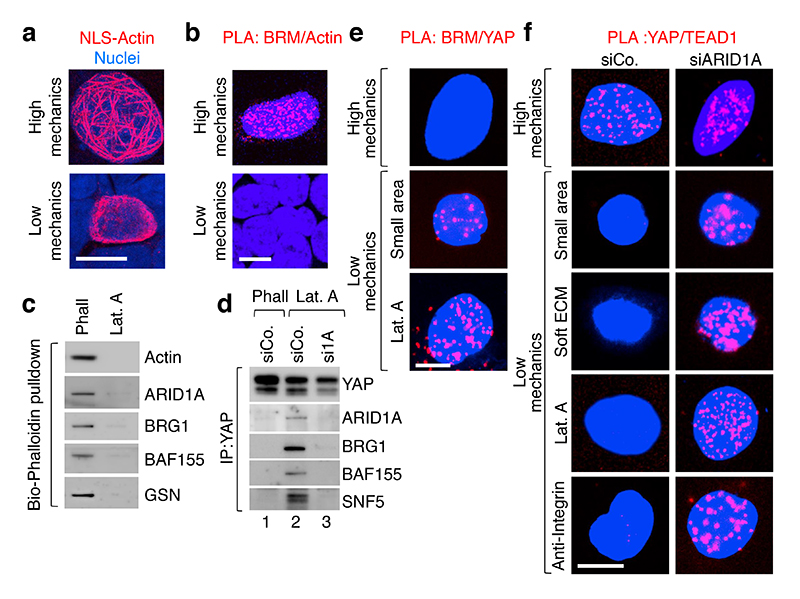Fig. 3. Mechanical regulation of YAP/TAZ association with SWI/SNF or TEAD.
a, Visualization of Flag-tagged NLS-Actin filaments in nuclei of HEK293T cells by anti-Flag immunofluorescence (scale bars, 10 μm). No nuclear actin filaments were detected in cells transfected with a non-polymeriazable variant of actin (Extended Data Fig. 6a).
b, Representative pictures of PLA detecting the interaction between endogenous BRM and Flag-tagged NLS-Actin in the nucleus of HEK293T cells experiencing high mechanical inputs (i.e., spread cells; 94.7% PLA-positive) or confined on a small adhesive area (as in dense culture22; 0% PLA-positive). See specificity controls using BRM/BRG siRNA (Extended Data Fig. 6b).
c, Bio-Phalloidin pulldown from HEK293T cells, Phalloidin (Phall) vs. Latrunculin A (Lat.A). (See Methods and Extended Data Fig. 6d). Gelsolin serves as specificity control for purification of F-actin.
d, In Lat.A-treated MCF10AT cells, endogenous YAP binds SWI/SNF in a ARID1A-dependent manner (See also Extended Data Fig. 6f). ARID1a loaded on a separate gel.
e, Representative PLA images detecting the interaction between endogenous BRM and a version of YAP forced to enter in the nucleus (NLS-YAP) in MCF10A cells. Cells were allowed to stretch over rigid ECM (High mechanics; 0% PLA-positive) or, for Low mechanics panels, let adhering to a small area (100 μm2; 11.25% PLA-positive) or treated with Lat.A (18.75% PLA-positive). See also Extended Data Fig. 6g.
f, Representative PLA images detecting the interaction between endogenous TEAD and NLS-YAP in MCF10A cells, stretched over a rigid ECM (see Methods) or experiencing Low cell mechanics by adhesion to a small adhesive area, soft ECM or treatment with Lat.A or anti-integrin antibodies. YAP/TEAD association (High Mechanics, 46.3% PLA-positive) is lost at Low mechanics (Low Mechanics, left panels; 0% PLA-positive), but it is rescued after depletion of ARID1A (right panels; PLA-positive: small=44%; soft=49.8%; Lat.A=48.5%, anti-integrin=67%,). See also Extended Fig. 6j. All panels: representative experiments, repeated independently three times.

